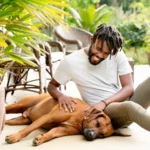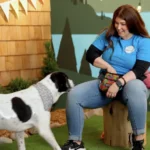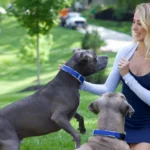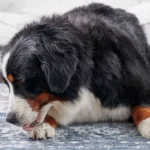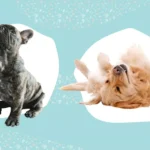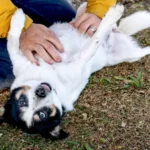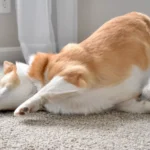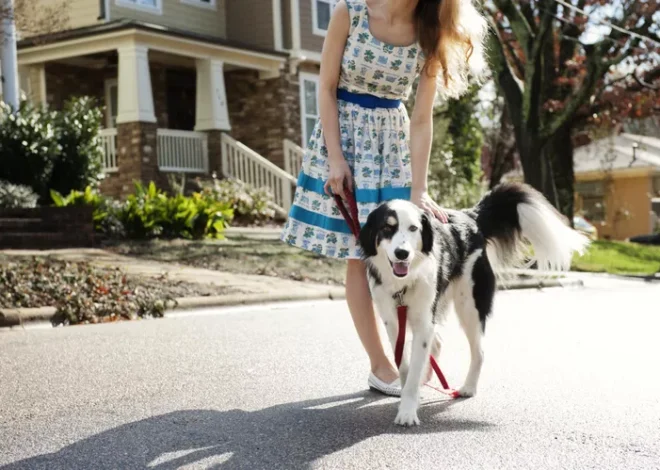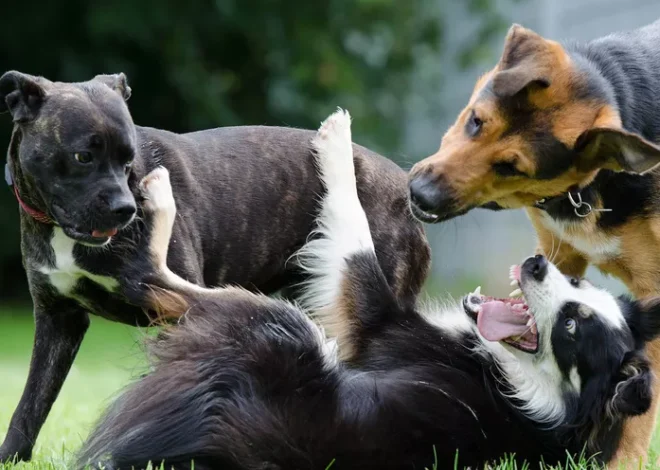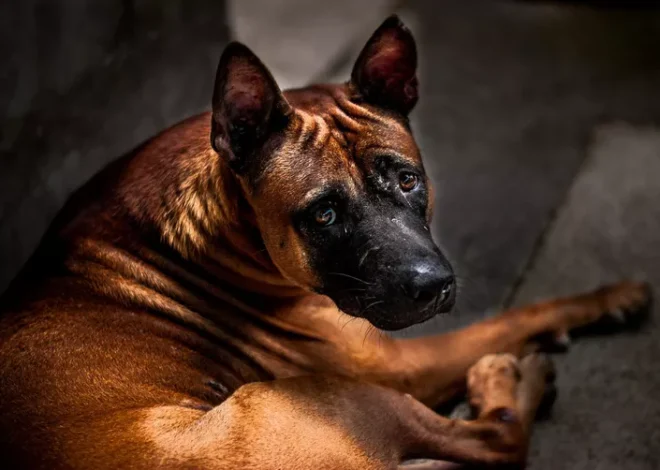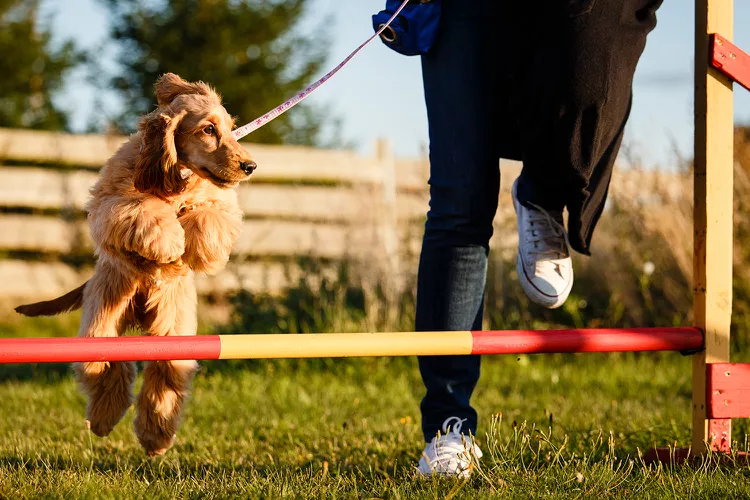
How to Train Your Dog in Agility Sports: A Step-by-Step Guide

Training your dog in agility sports is a rewarding experience, both mentally and physically, for both you and your pet. Agility training involves navigating through obstacle courses that challenge a dog’s reflexes, coordination, and teamwork with its handler. Whether for fun or competitive purposes, it is an excellent way to keep your dog fit, focused, and engaged. Here’s how you can start agility training with your dog.
What is Agility Training?
Agility training is a sport where dogs race through a timed obstacle course filled with jumps, tunnels, weave poles, and other challenges. It’s not only about physical fitness but also about mental stimulation for dogs. This type of training can be enjoyed by all breeds, though high-energy breeds like Border Collies and Australian Shepherds often excel in it. You can choose to train your dog just for fun or compete in agility trials where dog-handler teams race to complete the course as quickly as possible with minimal errors.
Start Training Early
Although dogs usually begin competing in agility from 1 to 2 years old, you can start training them much earlier. Puppies should focus on basic obedience commands first. Teach them to sit, stay, come, heel, and lie down. Early training helps them understand how to focus, follow instructions, and get used to the environment of other dogs.
If you’re planning to take your dog to agility classes, it’s helpful to have them pass the AKC Good Citizen Test before beginning agility training. This ensures they are ready to learn new skills around distractions.
Look for local agility classes to help you get started with the obstacles. Many trainers offer group sessions where you can introduce your dog to the agility obstacles without needing to buy equipment yourself.
Introduce Contact Obstacles
Contact obstacles are an important part of agility training. These include the A-frame, teeter-totter, and dog walk:
- A-frame: A cone-shaped ramp that your dog climbs up and down.
- Dog walk: A narrow balance beam with ramps at either end.
- Teeter-totter: A seesaw-like obstacle that moves as your dog walks on it.
To train your dog on contact obstacles, start with the equipment at its lowest height. Lead your dog using a leash and guide it over the obstacle while giving it a clear command, such as “A-frame.” Reward with treats as your dog successfully crosses. Initially, use extra treats to motivate your dog, and practice until it becomes confident.
If your dog is hesitant, you can start with the obstacle in reverse. Place your dog at the far end of the obstacle to help it take its first steps.
Teach Jumps
Once your vet clears your dog for jumps, you can begin with low hurdles. For medium to large dogs, keep the bar about 1-2 inches off the ground, and for smaller breeds, start with the bar at ground level.
To teach the jump, use a leash to prevent your dog from bypassing the hurdle. Approach it with the command “big jump,” encouraging your dog to leap over the hurdle. Reward with treats and praise. Gradually increase the height of the bar as your dog gains confidence. If your dog refuses to jump, practice in a narrow hallway with a small hurdle, ensuring it only has one way to go—over the jump.
Try Tunnels
Tunnels are often one of the easiest obstacles to teach. Start with a short tunnel that your dog can see through to the other side. Have a helper at the opposite end with treats or a favorite toy, and call your dog through the tunnel with the command “tunnel.”
If your dog is reluctant, toss a few treats inside to encourage it. As your dog becomes comfortable, gradually work up to longer and more challenging tunnels, including curved ones.
Weave Poles
Weaving through poles can be one of the more difficult agility tasks to master. To begin, set the poles a few feet apart, wide enough for your dog to comfortably pass through. Start by guiding your dog through the middle of the poles on a leash. As your dog gets the hang of it, gradually move the poles closer to force it to bend and weave.
Training weave poles can take time, so be patient and repeat the process until your dog learns the correct movement. It may take several weeks of practice for your dog to master this skill.
Master the Pause Table
The pause table is an obstacle where your dog must jump up and stay for a short time. Start by encouraging your dog to jump onto the table using treats and praise. Once it’s up, teach your dog to stay on the table. Start with brief stays and gradually increase the duration.
To make your dog more comfortable, practice staying for a count of one, then gradually extend the time. Eventually, practice with distractions to simulate the conditions of an actual agility competition.
Sequencing the Obstacles
After your dog has learned the individual obstacles, the next step is sequencing. This means connecting multiple obstacles in a row. For example, you might link a jump and tunnel. Start by commanding your dog to jump, then immediately direct it toward the tunnel. This will teach your dog the sequence of actions and improve its speed and accuracy.
Timing is crucial during sequencing. If you hesitate too long between commands, your dog may take a wrong turn. Practice with increasing numbers of obstacles until your dog can complete a full course without mistakes.
Proofing Behavior
In agility, proofing refers to training your dog to perform in different environments, where distractions may occur. Training at home may be relatively distraction-free, but competitions are often crowded with people and other dogs. To prepare your dog, practice in different locations, such as parks or training centers. Invite friends over to create distractions and encourage your dog to stay focused on the task at hand.
Remember, not every dog will enjoy the competitive aspect of agility. If your dog prefers to do the obstacles at home but isn’t interested in competing, that’s perfectly fine. The primary goal should be bonding with your dog and having fun together.
Final Thoughts
Agility training is a fun, exciting way to engage your dog physically and mentally. Start with basic obedience and gradually introduce the obstacles, one step at a time. With patience, consistency, and positive reinforcement, your dog will thrive in agility training, whether for competition or just as a fun activity to share. Remember, agility is not just about competition but about strengthening the bond between you and your dog while keeping them healthy and happy.

